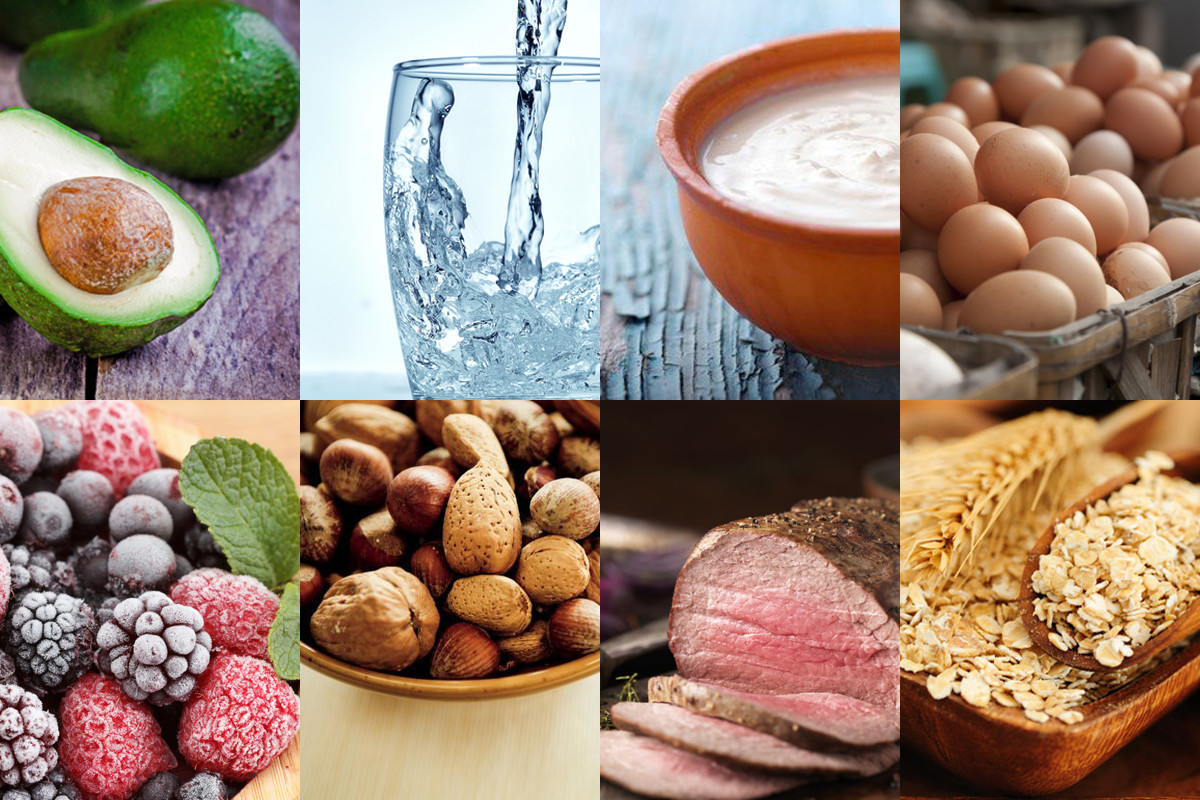Running News Daily
Running News Daily is edited by Bob Anderson. Send your news items to bob@mybestruns.com Advertising opportunities available. Train the Kenyan Way at KATA Kenya and Portugal owned and operated by Bob Anderson. Be sure to catch our movie A Long Run the movie KATA Running Camps and KATA Potato Farms - 31 now open in Kenya! https://kata.ke/
Index to Daily Posts · Sign Up For Updates · Run The World Feed
What and when should you eat before, during and after your runs?
For runners, food is more than simple nutrition — food is fuel. What and when should you eat before, during and after your runs? What should you drink and how much? When you are training for a long race — 10K or more — you are going to have to change how you eat; we’ll show you how to make those changes.
Three Simple Food Rules

If you are starting to train for a long-distance race, these tips should help guide your eating habits.
1. Eat More

During marathon training you are burning many more calories than you were before, and you need to replace them. First, use this calculator to help you get an idea of how much you are burning. Keep in mind, however, that your calorie burn will depend on your gender, size and the intensity of your workout. Then replace those calories with nutrient-rich food — the rest of this guide will show you how.
Looking to lose weight? It may surprise you, but long-distance running is not an effective weight-loss plan. One mile of running burns about 100 calories, but that doesn’t mean you’ll lose a pound for every 35 miles you log. Many studies show that running increases appetites, especially in new runners. The body seems to want to maintain its weight homeostasis and will pump out hormones that prompt runners to want to eat. If you are not trying to lose weight, by all means respond to those signals by eating more, but if you wish to lose weight, you have to be aware of how many calories you burn and how many you consume.
One tip? Running on an empty stomach pushes the body to use your fat stores as fuel and can help to fight weight gain.
If you do find the scale creeping higher as you train, watch your calorie intake and make sure to read rule #2.
2. Fight the Hunger
You will feel hungry when you are training for a marathon, a feeling commonly called “runger” within running circles. However, if you feel hungry all the time, it’s time for a dietary change to make sure you can go longer without feeling hungry between meals.
If hunger is an issue, ask yourself these questions:
• Are you getting enough protein? Carbs have long been seen as the holy grail to fast running, but protein is important because it stabilizes your blood sugar and helps you feel fuller longer.
• Are you eating enough before a run? Running on an empty stomach can often lead to sluggish workouts and clawing hunger later in the day.
• Are you eating often enough? If you are hungry after eating three meals, try spacing out the same amount of food into five smaller portions instead. The steadier input of food will help your body maintain stable blood sugar levels and stave off hunger. Also, have a variety of healthy snacks on hand so you don’t turn to calorie-laden food when you are hungry. Think a handful of nuts, a cup of applesauce or a banana.
3. Try and Try Again
Sure, food is fuel, but we’re not built on an assembly line. Your months spent training for a race are there to help you develop your form, your endurance and also your optimal diet. Throughout your training, try eating different types of foods and alter their timing little by little to see what works best. Then use that combination on race day.
Most runners can figure out their ideal diet through trial and error “but with guidance, the time from trial and error to success can be greatly decreased,” says Lauren Antonucci, a registered dietitian.
Let’s start by taking a look at how our bodies uses different types of food.
by Jen A. Miller
Login to leave a comment




